Evil Neighbor - Unmasking the Dark Secrets Next Door
In the unsettling world of “Evil Neighbor,” the seemingly innocuous façade of suburban life masks a chilling reality, where the presence of an evil neighbor can transform tranquility into dread. Strange symbols and eerie graffiti pepper their property, hinting at dark beliefs and behaviors that threaten the peace of the community. As odd activities unfold under the cover of night, a sense of unease permeates the air, urging vigilant neighbors to trust their instincts. This gripping narrative invites readers to explore the complexities of living next to someone who embodies the very essence of malevolence, challenging them to confront their fears and uncover the truth lurking just next door.
New Games

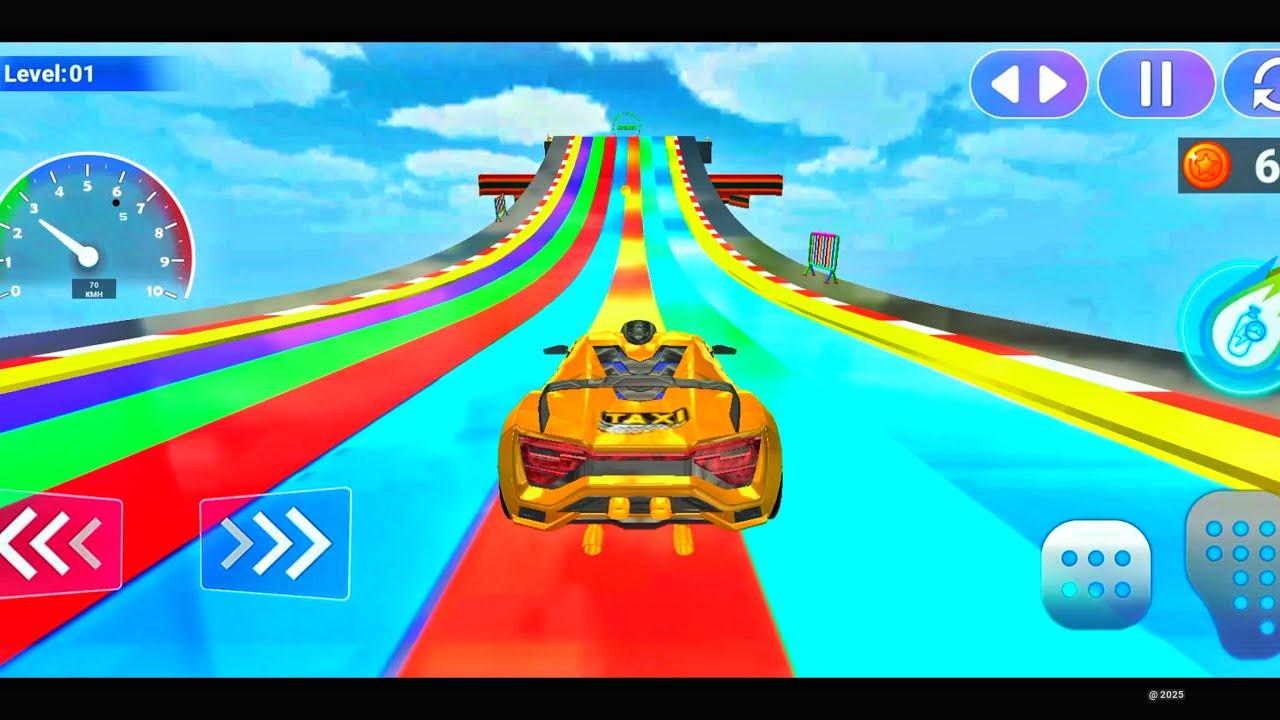





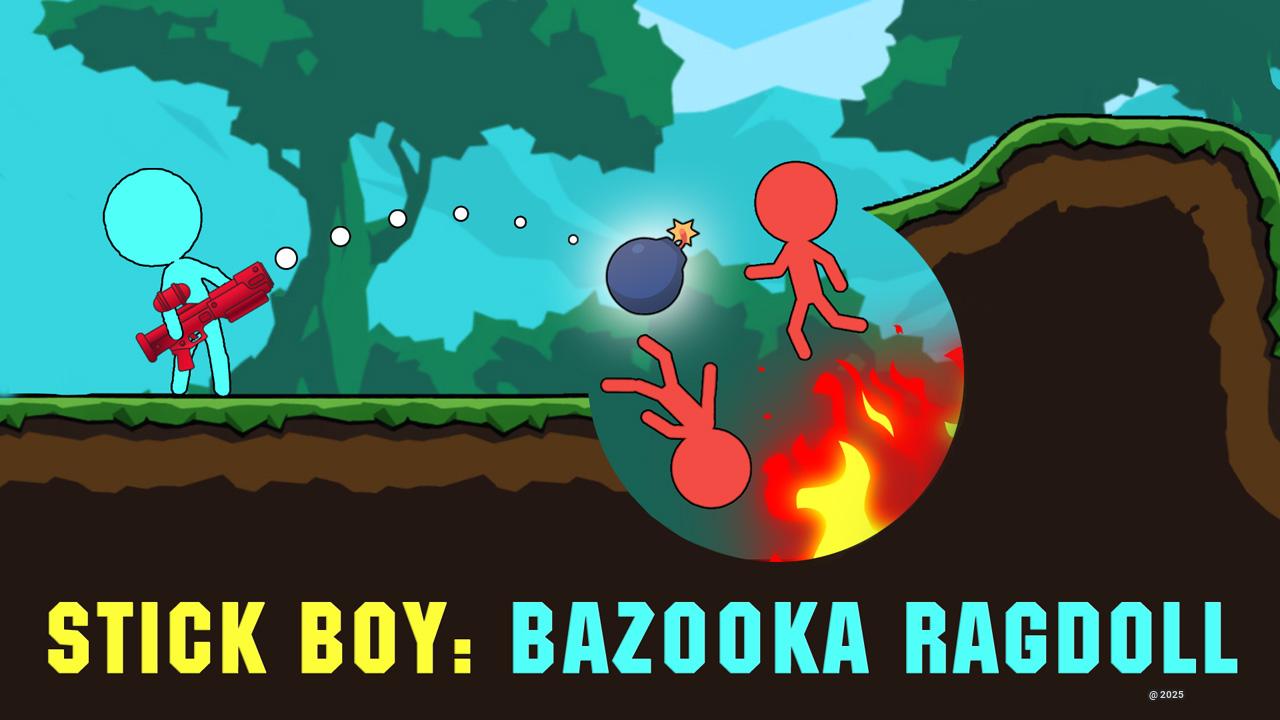


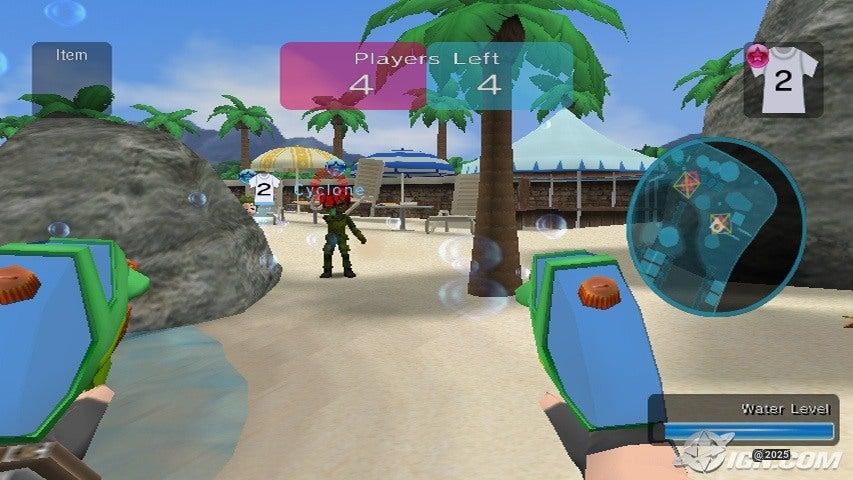
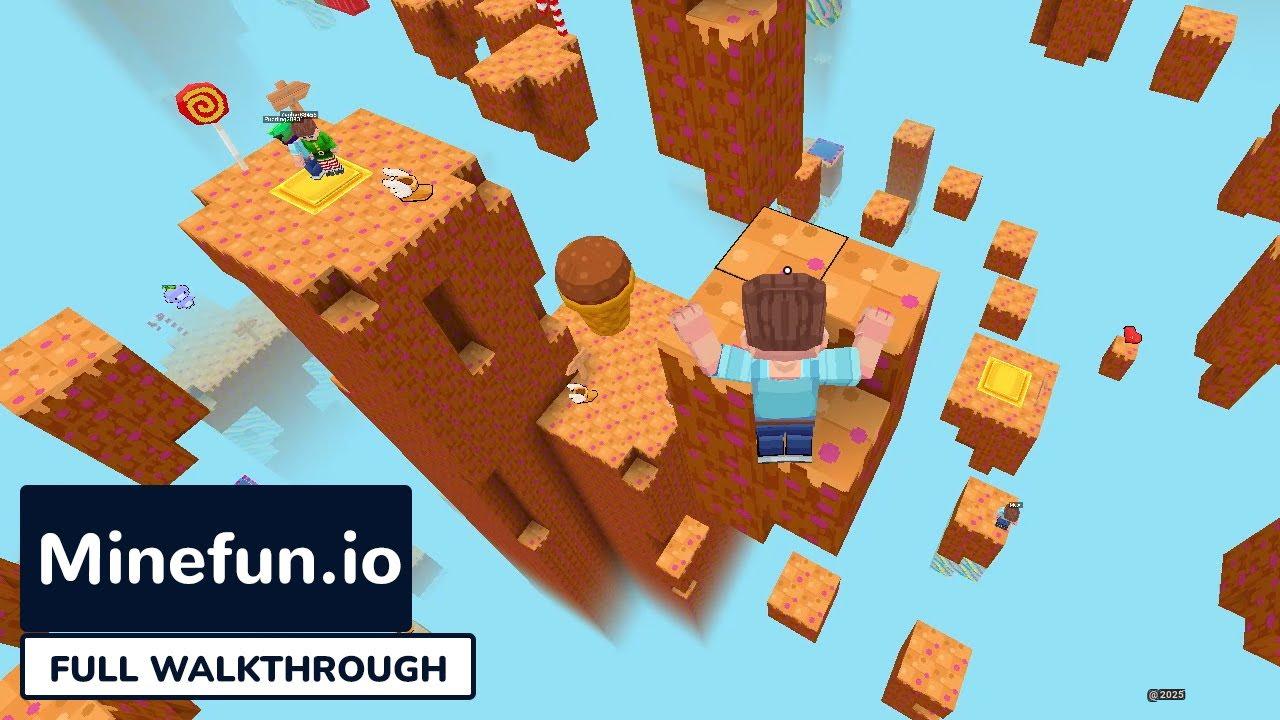
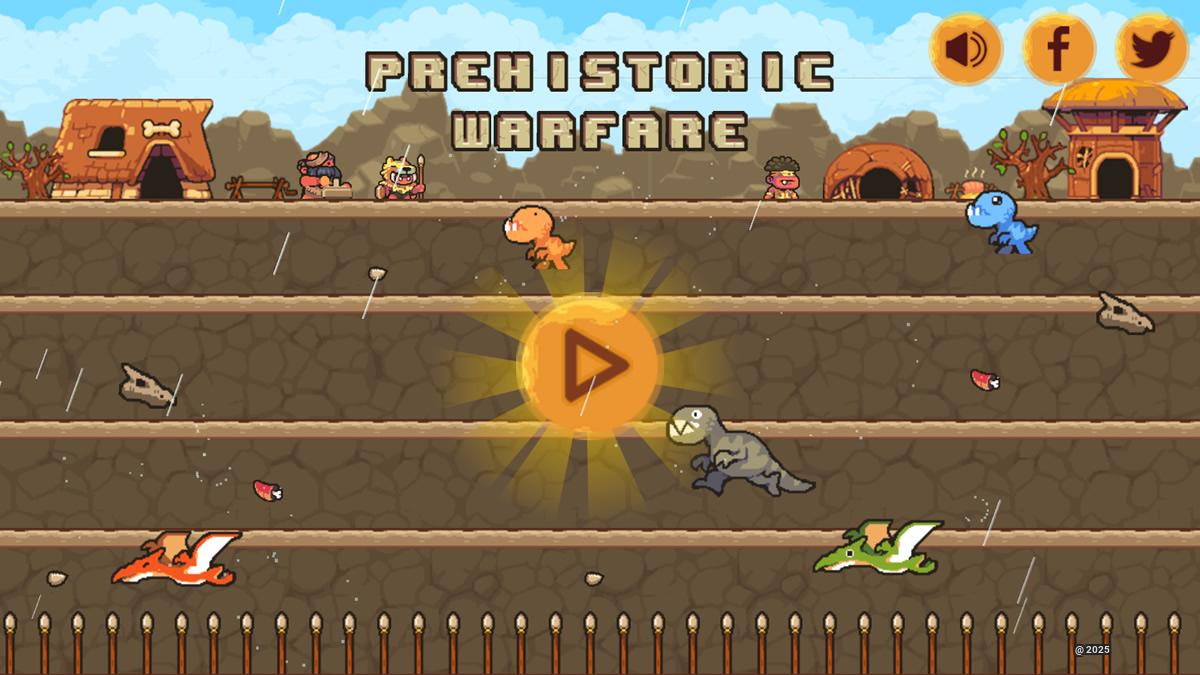

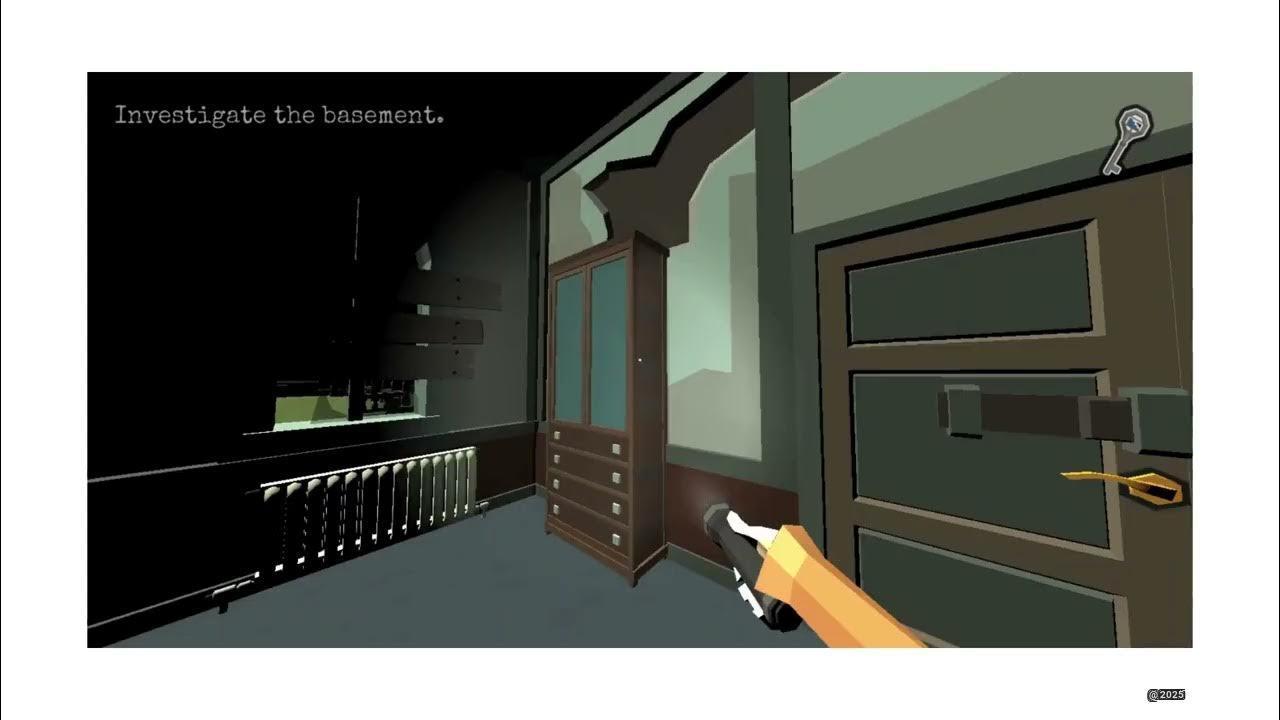

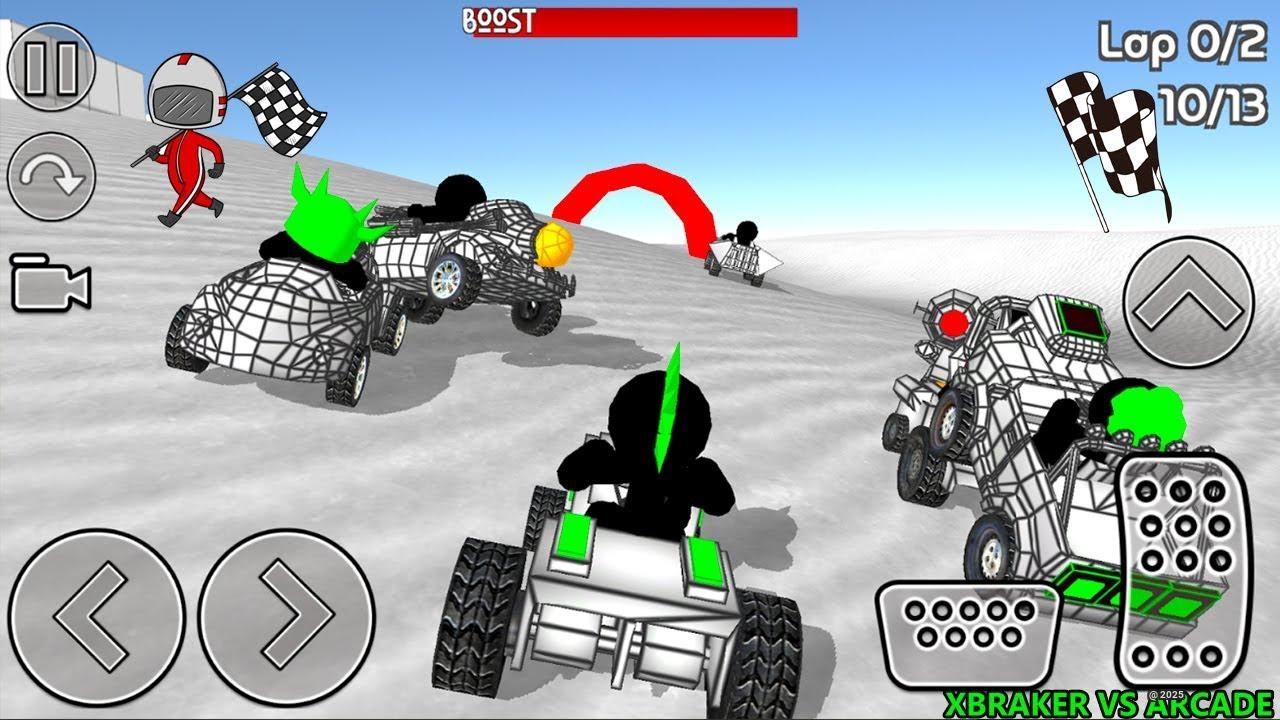

Evil Neighbor
Maybe it’s the unsettling feeling you get when you see strange symbols or graffiti around their property. These signs can hint at something darker lurking beneath the surface. It’s not just art; it reflects beliefs or behaviors that could be harmful. If your neighbor’s yard is filled with disturbing imagery, it’s time to pay attention. It’s a clear red flag that something isn’t right.
You might also notice odd behaviors that raise your suspicions. Perhaps they’re overly secretive or engage in strange activities late at night. These behaviors can create a sense of unease in the neighborhood. It’s essential to trust your instincts. If something feels off, it probably is. Neighbors should be allies, not sources of anxiety.
In some cases, the evil neighbor might not even be aware of the impact they have on those around them. They could be oblivious to how their actions disturb the peace. However, you must remain vigilant. Keep an eye out for any unusual occurrences. It’s always better to be safe than sorry.
Gameplay Mechanics
Evil Neighbor is all about intense stealth gameplay where you must escape from a sinister neighbor’s house. Mastering stealth is crucial. You’ll need to move carefully and use hiding spots strategically while studying the neighbor’s patrol patterns.
Collecting essential items is another core mechanic. These items unlock new areas and can be combined to create useful tools. Engaging in puzzles is also vital. They require logical thinking and creative item combinations, with a hint system available for assistance.
Navigating multiple escape paths adds to the challenge. Each path presents unique obstacles and strategies. The advanced AI system learns from your actions and adapts its patrol patterns. This means you’ll need to stay on your toes and think critically about your escape plan.
When detected, you must quickly locate hiding spots or create distractions. The slingshot mechanic allows you to create diversions from a distance, manipulating the neighbor’s movements. Dynamic elements, such as randomized item locations, ensure that each escape attempt feels fresh and challenging.
As you progress, the difficulty increases. The neighbor becomes more vigilant, and puzzles grow more complex. Interactive objects throughout the game aid in hiding, creating distractions, or solving puzzles. Developing your stealth abilities will involve learning to move quietly and timing your actions effectively.
Sound awareness is crucial. Noise can attract the neighbor’s attention while also helping you track his movements. The gameplay mechanics in Evil Neighbor create a thrilling experience that keeps you engaged and on edge.
Tips and Strategies
Here are some tips to enhance your gameplay experience:
- Master Stealth: Move quietly and use shadows to your advantage. Avoid running unless necessary.
- Study Patterns: Watch the neighbor’s movements. Understanding their patrol routes will help you plan your escape.
- Use Items Wisely: Prioritize collecting items that unlock new areas or can be combined for useful tools.
- Solve Puzzles: Take your time with puzzles. Think logically and use the hint system if you’re stuck.
- Create Distractions: Use the slingshot to divert the neighbor’s attention. This can buy you precious time.
- Explore Every Path: Don’t stick to one escape route. Each path has unique challenges that may suit your strategy better.
- Stay Calm: If you get caught, don’t panic. Quickly locate a hiding spot or create a distraction to escape.
- Practice Sound Awareness: Listen for audio cues that signal the neighbor’s location. This can help you avoid detection.
- Engage with the Environment: Use interactive objects to your advantage. They can assist in hiding or solving puzzles.
- Learn from Mistakes: Each failure is a lesson. Analyze what went wrong and adjust your strategy accordingly.
Following these tips can significantly improve your chances of successfully escaping the evil neighbor’s clutches.
Evil Neighbor Controls Guide
Understanding the controls in Evil Neighbor is essential for mastering the game. Here’s a quick guide to help you navigate smoothly:
| Action | Control |
|---|---|
| Move around | WASD |
| Look around | Mouse |
| Take/Use items | E |
| Drop items | G |
| Use slingshot | Space |
| Pause menu | M or ESC |
| Get a hint | H |
Familiarizing yourself with these controls will enhance your gameplay experience. Practice makes perfect, so don’t hesitate to spend time getting comfortable with the mechanics.
Evil Neighbor Features
Evil Neighbor offers several unique features that enhance the gaming experience:
- Multiple Escape Routes: Each route presents different challenges and strategies.
- Stealth Mechanics: Players must master stealth to avoid detection.
- Interactive Environment: Objects in the environment can be used for hiding or distractions.
- Puzzle-Solving Elements: Engaging puzzles require logical thinking and creativity.
- Item Collection System: Collect items to unlock new areas and create tools.
- Dynamic AI Behavior: The neighbor learns from player actions, adapting their patrol patterns.
- Hint System: Provides assistance when players are stuck on puzzles.
- Atmospheric Horror: The game’s environment creates a tense and immersive experience.
These features combine to create a thrilling gameplay experience that keeps players engaged and challenged.
Evil Neighbor - Frequently Asked Questions
How do I avoid getting caught in Evil Neighbor?
Mastering stealth requires careful movement and using hiding spots strategically. Study the neighbor’s patrol patterns to avoid detection.
What items should I prioritize in Evil Neighbor?
Focus on collecting essential items that unlock new areas. Combining items can create useful tools for your escape.
How do I solve puzzles in Evil Neighbor?
Puzzles require logical thinking and creative item combinations. Use the hint system for clues when needed.
What’s the best escape route in Evil Neighbor?
Each escape path has unique challenges. Experiment with different routes to find the one that suits your strategy best.
How does the neighbor’s AI work in Evil Neighbor?
The AI learns from your actions, adapting its patrol patterns to counter your escape strategies.
What should I do when spotted in Evil Neighbor?
Quickly locate hiding spots or create distractions to evade capture and continue your escape attempt.
How do I use the slingshot effectively in Evil Neighbor?
The slingshot allows you to create distractions from a safe distance, helping you manipulate the neighbor’s movement.
What makes each playthrough unique in Evil Neighbor?
Dynamic elements, including AI behavior and randomized item locations, ensure each escape attempt feels fresh.
How does the difficulty system work in Evil Neighbor?
The challenge increases as you progress, with the neighbor becoming more vigilant and puzzles growing more complex.
What role do environmental objects play in Evil Neighbor?
Interactive objects can be used for hiding, creating distractions, or solving puzzles in your escape attempts.
How can I improve my stealth skills in Evil Neighbor?
Develop better stealth abilities by learning to move quietly and timing your actions based on the neighbor’s behavior patterns.
What’s the importance of sound in Evil Neighbor?
Sound awareness is crucial. Noise can attract the neighbor’s attention while also helping you track their movements.
Similar Games
Final Words
The article on “Evil Neighbor” provides a deep dive into the unsettling reality of living next to problematic individuals. It highlights that evil neighbors can manifest in various ways, from disturbing behaviors to invasive actions that disrupt the peace of a community. Recognizing the signs of such neighbors is essential for maintaining a harmonious living environment.
Key behaviors to watch for include odd activities, passive-aggressive actions, and overt disturbances that can escalate into more serious issues. The article emphasizes the importance of communication among neighbors, as sharing experiences can foster a collective approach to addressing concerns.
Coping strategies are also discussed, including setting boundaries and documenting troubling behaviors, which can be vital if authorities need to be involved. Ultimately, the piece serves as a guide for navigating the complexities of neighborly relationships, empowering readers to take action and protect their well-being.


